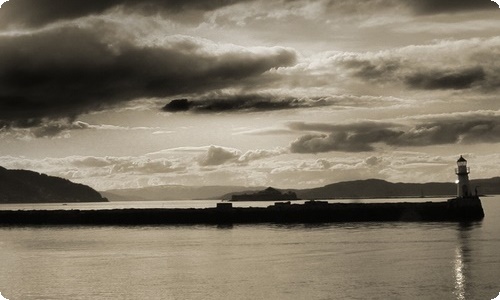
西安华山英文导游词
作为一位不辞辛劳的导游,有必要进行细致的导游词准备工作,导游词是导游员进行实地口语导游的基础和前提。怎样写导游词才更能起到其作用呢?下面是小编收集整理的西安华山英文导游词,欢迎大家分享。
Huashan is located in the Qinling Mountain Range, which lies in southern Shaanxi province.
Huashan(Hua means brilliant, Chinese, or flowery; shan means mountain)is one of the five sacred Taoist mountains in China. Huashan boasts a lot of religious sites: Taoist temples, pavilions, and engraved scriptures are scattered over the mountain.
Hua Mountain is well-known for its sheer cliffs and plunging ravines. It is known as “the most precipitous mountain under heaven” and is probably the most dangerous mountain in the world frequented by hikers.
Hua Mountain is located 120 kilometers east of Xi'an, about 3 hours from the city centre. There are five peaks that make up the mountain: Cloud Terrace Peak(North Peak, 1613m),Jade Maiden Peak(Middle Peak, 20xxm),Sunrise Peak(East Peak, 2100m),Lotus Peak(West Peak, 20xxm)and Landing Wild Goose Peak(South Peak, 2160m). North Peak, the lowest of the five, is the starting point. It has three ways up it: the six kilometer winding track from Huashan village, the cable car or the path beneath it.
Next on the route is Jade Maiden Peak. Legend has it that a jade maiden was once seen riding a white horse among the mountains, hence the name. The hikers can choose to take a left to Sunrise Peak, a fine place to enjoy the view of the sunrise in early morning(which would involve climbing the mountain in the dark as there is nowhere to stay on the mountain).
Alternatively visitors could take a right to Lotus Peak. Huashan means Flower Mountain, and it got the name from Lotus Peak, which resembles a beautifully blooming lotus flower. Finally there is a gondola wich takes visitors acroa steep valley to Landing Wild Goose Peak, the highest among the five summits. The path to the summit is characterized by steep rock faces, with obstacles including a foot-wide plank walkway fixed to a sheer rock face with only a chain along the rock for support. The route continues with footholds in the rock and a chain for holding. This is followed by a vertical ladder in a cleft in the rock. Finally there are steep stone steps. The South Peak is not for the faint of heart and is particularly dangerous in winter weather. However, the views are breathtaking. The climb to its summit makes it clear how the impenetrable mountain repelled attackers over the centuries.
As early as the second century BCE, there was a Daoist temple known as the Shrine of the Western Peak located at its base. Daoists believed that in the mountain lives a god of the underworld. The temple at the foot of the mountain was often used for spirits mediums to contact the god and his underlings. Unlike Taishan, (www..com)which became a popular place of pilgrimage, Huashan only received local pilgrms, and was not well known in much of the rest of China. Huashan was also an important place for immortality seekers, as powerful drugs were reputed to be found there. Kou Qianzhi(365-448),the founder of the Northern Celestial Masters received revelations there, as did Chen Tuan(920-989),who lived on the mountain prior to receiving immortality. In the 1230s, all the temples on the mountain came under control of the Daoist Quanzhen School. In 1998, the management committee of Huashan agreed to turn over most of the mountain's temples to the China Daoist Association. This was done to help protect the environment, as the presence of monks and nuns deters poachers and loggers.




